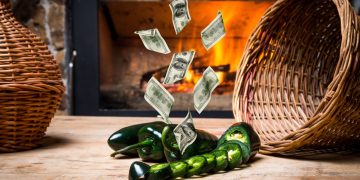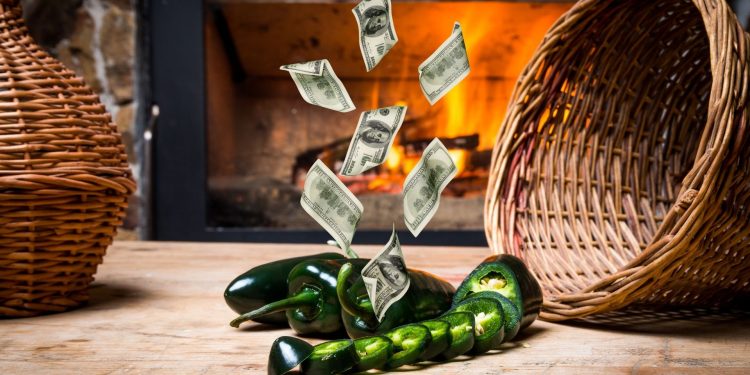Jalapeno Pepper is a fruit type of Capsicum pod type. Jalapeno Pepper is one of the most popular annual varieties. Although it is usually picked and eaten despite being green, it is sometimes allowed to ripen completely and turn red, orange, or yellow. Jalapeno Pepper is one of the most popular annual varieties of capsicum.
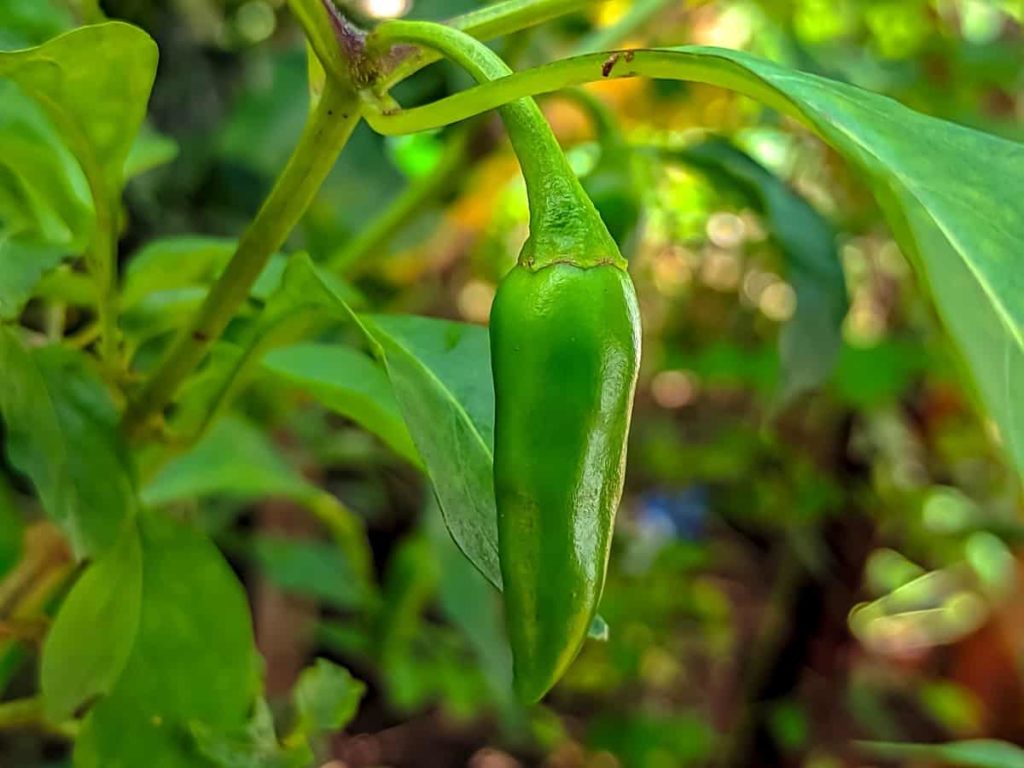
They have a bright flavor that is more grassy than other types of Pepper, which makes Jalapenos quite versatile for many dishes and perfect for hot sauces for all purposes. Like most hot Peppers, Jalapenos also vary based on many growth factors, including the amount of sunlight and soil pH level. Let’s check out know how jalapeno farming make you rich in a short time.
Jalapeno plant stages
Jalapeno plant stages include seedling stage (0 to 3 weeks), adolescent stage (3 to 4 weeks), development stage (4 to 8 weeks), maturation stage (2 to 4 months), flowering or blooming stage, fruiting stage. This Pepper grows to a height of about 2 to 2.5 feet and a width of 1 to 1.5 feet.
Soil preparation for Jalapeno farming
Jalapenos and other hot Pepper varieties grow best in well-drained, sandy, loamy soils (soil containing approximately equal parts sand, silt and clay). In addition to soil structure and consistency, Jalapeno producers also monitor pH levels and soil nutrients (nitrogen, phosphorus, and potassium). Pepper plants grow best in light acid soils with a pH between 6.0-6.8.
Planting Jalapeno Peppers
Jalapeno Peppers are easy to grow because the plants are very forgiving. Jalapenos start a bit slow, so it is helpful to start growing indoors a few weeks (anywhere in 8-12 weeks) before moving your plants out. Keep early soil and emerging plants constantly moist, but do not water too much. Jalapeno plants need a long, warm growing season, so they should be started indoors eight to ten weeks before the last frost of spring, especially in cold coastal influences.
In case you miss this: Vegetable Container Gardening for Beginners
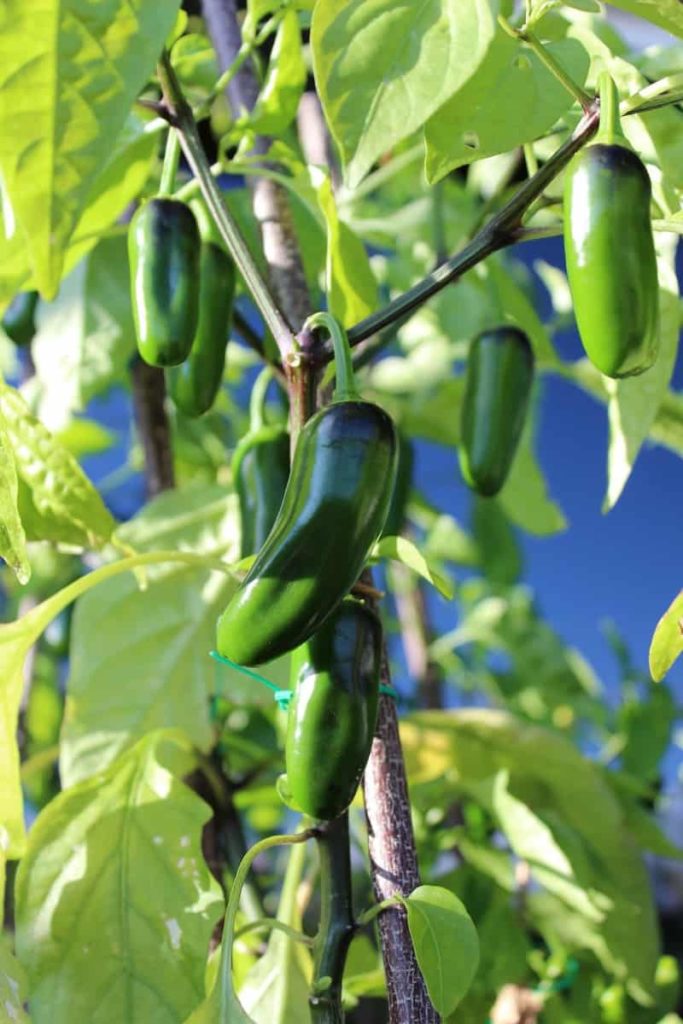
Sow seeds in peat pots or soil-filled flats starting with moist seeds. Jalapeno seeds germinate better when temperatures are above 26°C, so place pots or flats on propagation mats to provide extra heat, especially if the weather is very cold. Cover pots or flats with plastic wrap and wash the seeds daily with water. Check the seeds in one to two weeks. Jalapeno seeds will not grow less than 12°C.
Transplanting Jalapeno plants
Young Jalapeno plants need a lot of light and heat to thrive in a full transplant because low light and cool soil will produce leggy growth. Seeds beginning in individual peat pots can be moved to a shady south-facing window, while plants starting in flats should be transplanted into individual soil-filled pots. Grow Jalapenos with temperatures above 21 °C during the day and over 18°C at night. Water whenever it feels dry just below ground level. Wait two to three weeks after the last frost before transplanting Jalapenos outdoors in a sunny bed with fast drainage soil. Keep them 12 to 24 inches apart.
Tips for Jalapeno Pepper farming
- Do not add too much water. Allow the top inch or two inches of soil to dry out watering again.
- When the plants start to bloom, add compost, well-rotted manure, or fish manure around the base of the plant.
- Long varieties – and those that have a lot of Peppers – will need some help. Bamboo sticks or small tomato cages work well for these Peppers.
- Weed carefully around young plants to avoid disturbing the roots.
- In warmer climates, use shredded leaves, straw, or grass clippings to keep the soil moist and cool from blisters in hot weather.
Jalapeno Pepper market price
The average market price of Jalapeno Pepper in India is Rs. 120 to 200 per kg.
How many Jalapeno Peppers per hectare and acre?
Outdoor Pepper cultivation usually begins in late winter, provided the temperature is close to the maximum level. In some countries, Pepper plants are transplanted outside in the second half of spring. Producers in countries with suitable climates, continue transplanting until early autumn. Pepper growers finally harvest from summer to winter (June to December).
In case you miss this: Organic Chilli Cultivation (Peppers/Mirchi), Farming Process
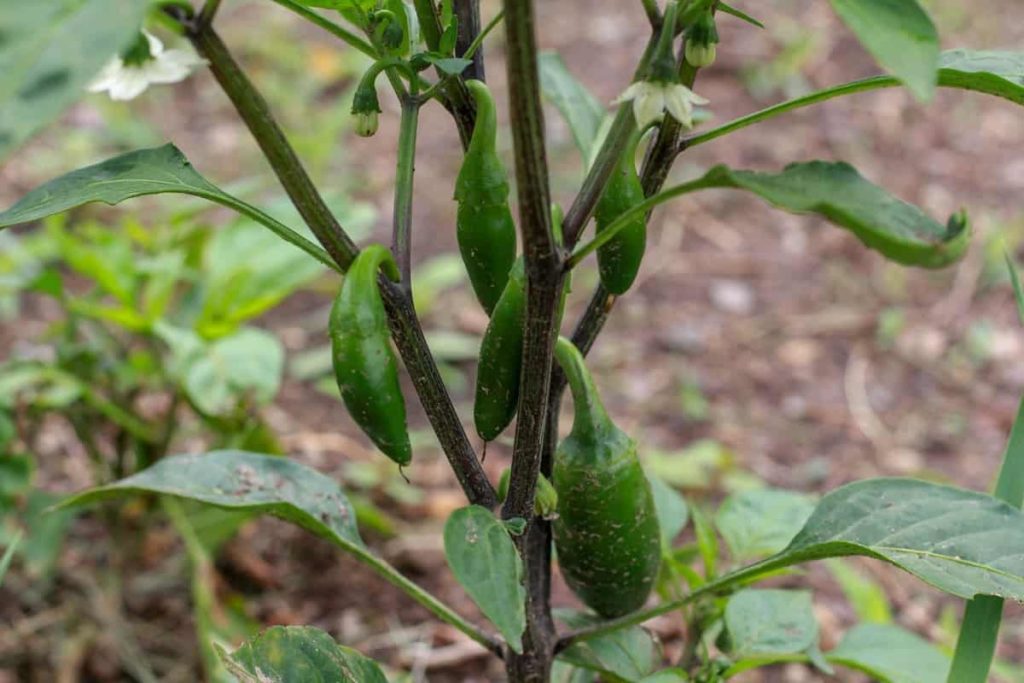
After all the preparation steps (plowing, basic fertilizer application, installation of irrigation system, and plastic film cover), we can proceed with the transplant. Farmers label the polythene coating with the exact points where they will plant the young plants. Then they dig holes in the plastic and plant the seedlings. It is important to plant the plants at the same depth as they were in the nursery. Producers plant their Pepper plants in either single or twin rows.
As a result, plant about 18,000 to 45,000 plants per hectare (7,287-18,218 plants per acre). The spacing and number of plants depend on the type of Pepper, the environmental conditions, the irrigation system, the composition of the harvest, and course the yield goals of the producer.
Protect Jalapeno Peppers from pests and diseases
Jalapenos are nightshade plants, such as Tomatoes, Potatoes, and Eggplants, and suffer from similar diseases and pests.
Aphids
Aphid’s attack Jalapeno Peppers early in the season, causing the leaves and twigs to rot. To control aphids, either rub them with your fingers (works when the insect population is low) or, when the insect population is high, spray pesticides on plants. If the infection is severe, you should consider getting rid of the whole plant so that you do not run the risk of spreading aphids to other plants. Alternatively, look for ways to get rid of aphids naturally as it is both effective and environmentally friendly.
In case you miss this: Chilli Seed Germination, Time, Temperature, Procedure
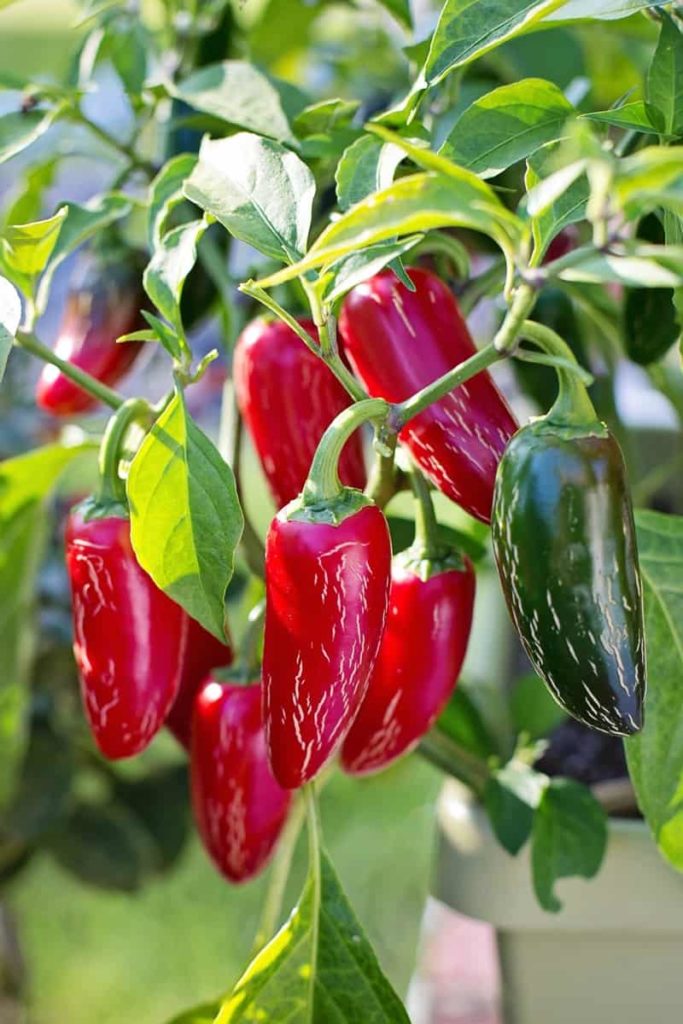
Whiteflies
Whiteflies are small, broad-winged insects that fly when disturbed by a plant. These white bugs suck the sap from the leaves of the plant which causes the leaves to wither, turn yellow, and fall off. Although whiteflies are difficult to control, spraying plants with vegetable insect repellents helps keep these white insects away from your plants through good cultural practices such as pruning and weeding.
Powdery mildew
This is caused by the fungus Leveillula taurica. Powdery mildew affects the leaves of the Pepper plant in hot and humid conditions. Symptoms of powdery mildew in Jalapeno include a white, patchy, powdery growth on the underside of the leaves. To control powdery mildew, spray plants with fungicides based on sulfur and potassium bicarbonate.
Damping-off
Damping in Jalapenos is caused by some factors including; high salt concentrations, poor seed quality, severe nutrient deficiencies, poor planting depth, and soggy soil. To control damping-off, plant a full transplant or high-quality seed, and use well-drained soil. Also, make sure there is good ventilation to reduce surface moisture. Or, spray the plants with copper-based fungicide.
Jalapeno plant problems
Jalapeno flowers/blossoms falling off
This is why your Jalapeno flowers can fall off; hot spells cause sudden changes in cold temperatures, hot and dry air, and too much or too little soil moisture. Other causes of falling flowers include too much or too little nitrogen in the soil, poor pollination, too little potassium, or phosphorus in the soil, bugs, and wilts.
Jalapeno Pepper not blooming
The wrong temperature (too hot or too cold) is the main reason why Jalapeno Pepper does not bloom. Other reasons why your Jalapeno does not open are too much nitrogen, insufficient light, and lack of calcium.
Yellow leaves on the Jalapeno Pepper plant
Too little water and lack of soil nutrients are the main causes of yellow leaves on the Jalapeno Pepper plant. Diseases such as phytophthora blight, bacterial leaf spots, and withering also cause this problem. In addition, pests such as aphids and mites eat the sap from the leaves of the plant and the affected leaves turn yellow.
In case you miss this: Chilli Flower Drop (Pepper/Mirchi), Causes, Control Methods
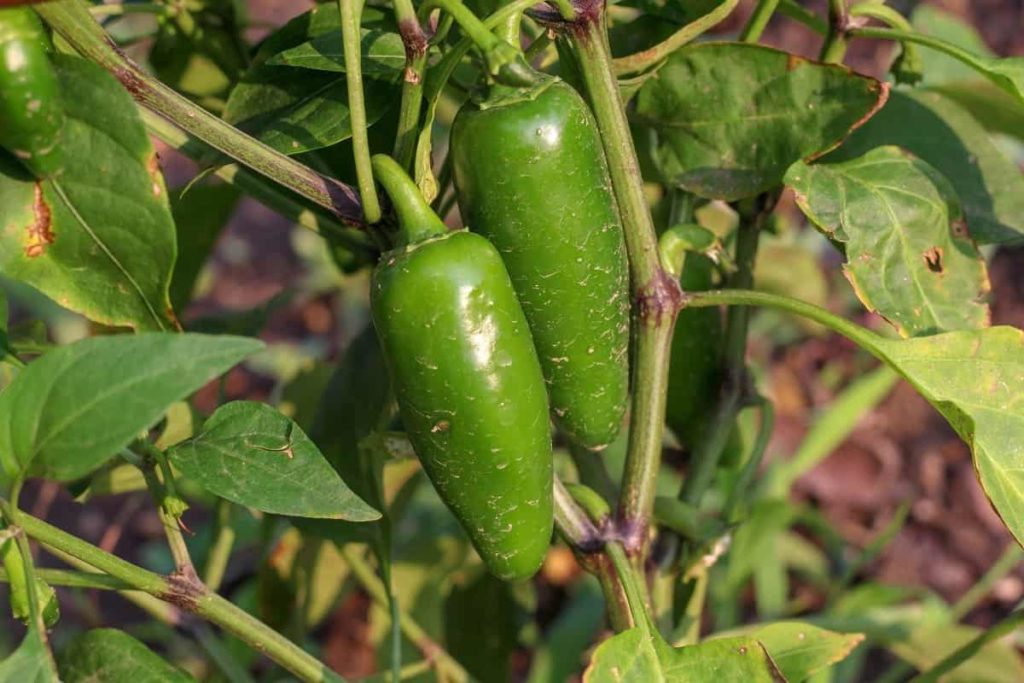
Wilting and dying Jalapenos
There are many reasons for the wilting and dying of the plant, but the main ones are lack of water, exposure to too hot sun, and fungal infections such as wilts.
Know how jalapeno farming make you rich in a short time: Harvesting Jalapeno Peppers
Another aspect of Jalapeno plant care involves proper harvesting. Harvest Jalapeno Peppers by carefully pinching them from the stem when they are firm and solid-colored before they turn color. For spring Jalapeno planting, the crop will be harvested in June. For autumn planting, harvesting will begin in October and last until the first frost. The timing of harvesting will also depend on whether the Jalapenos were grown by direct sowing or transplanting.
Harvesting of direct seed crops will take place about 110-120 days after planting, while transplanted crops will be ready after about 75-85 days. Fully mature Jalapenos should have a strong, shiny, green skin with solid pods about two to two and a half inches long. Peppers are classified and divided into two categories: market grade and processing grade. Market grade Jalapenos are freshly sold in grocery stores and can be sold with stem on. Processing grade Jalapenos is required to remove the stem.
In case you miss this: Chilli Varieties in India; Mirchi Varieties in India
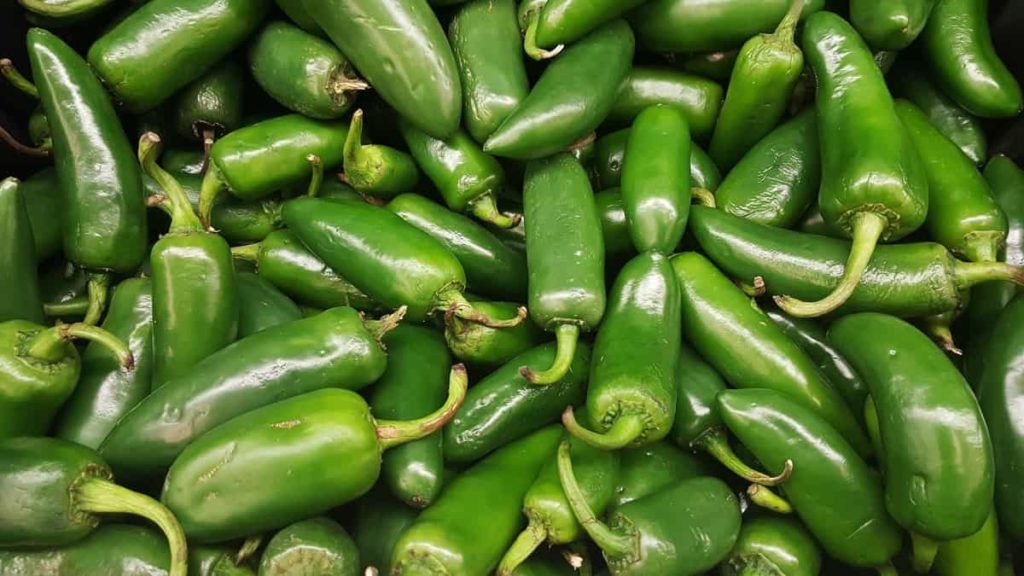
Jalapeno Pepper yield per care
On average, 5-10 tons per acre of Jalapenos
Jalapeno Pepper profit per acre
With 1 lakh investment, the profit will be 1.5 to 2.5 lakhs
